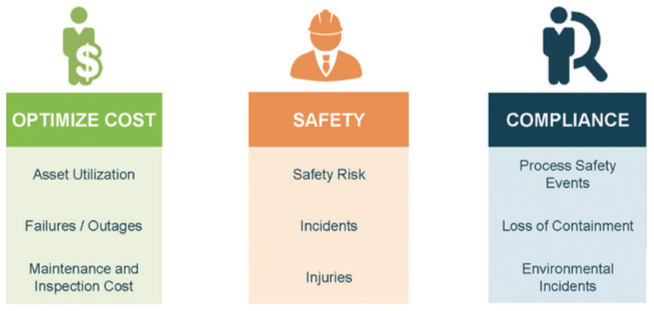Introduction
We have all heard the phrase, “Good data in, good data out. Bad data in, bad data out.” While this concept is well known in theory, there is often a large amount of focus spent on acquiring the latest software and participating in the latest reliability trends, without ensuring that the basic data managed in our facilities is of good quality. In reality, data management is an integral part of maintaining efficient business processes. Properly maintained data can enable facilities to make better-informed business decisions, leading to optimized maintenance costs, improved safety, and greater compliance. On the other hand, bad data causes severe inefficiencies, a false sense of confidence in facility reliability, and an inability to accurately forecast a facility’s operational budgets.

Good Data In (And Bad Data Out)
Data, in pure form, consists of raw, unorganized facts that need to be processed. Data can be found in databases, documents, drawings, reports, spreadsheets, and numerous other sources. Having data on hand is useful, however, it’s often inefficient and counterproductive to make decisions based on data in its raw form.
Instead, data should be processed, organized and structured—within a given context—to create information. Information consists of the findings generated by the data and is used to drive mature decision-making processes at all levels of an organization, including between departments, and between facilities and corporate stakeholders. These cross-functional teams depend on reliable information to help guide key business decisions. In order to gather reliable information, it is critical that the data under analysis is clear, correct and accessible.


















Comments and Discussion
Add a Comment
Please log in or register to participate in comments and discussions.